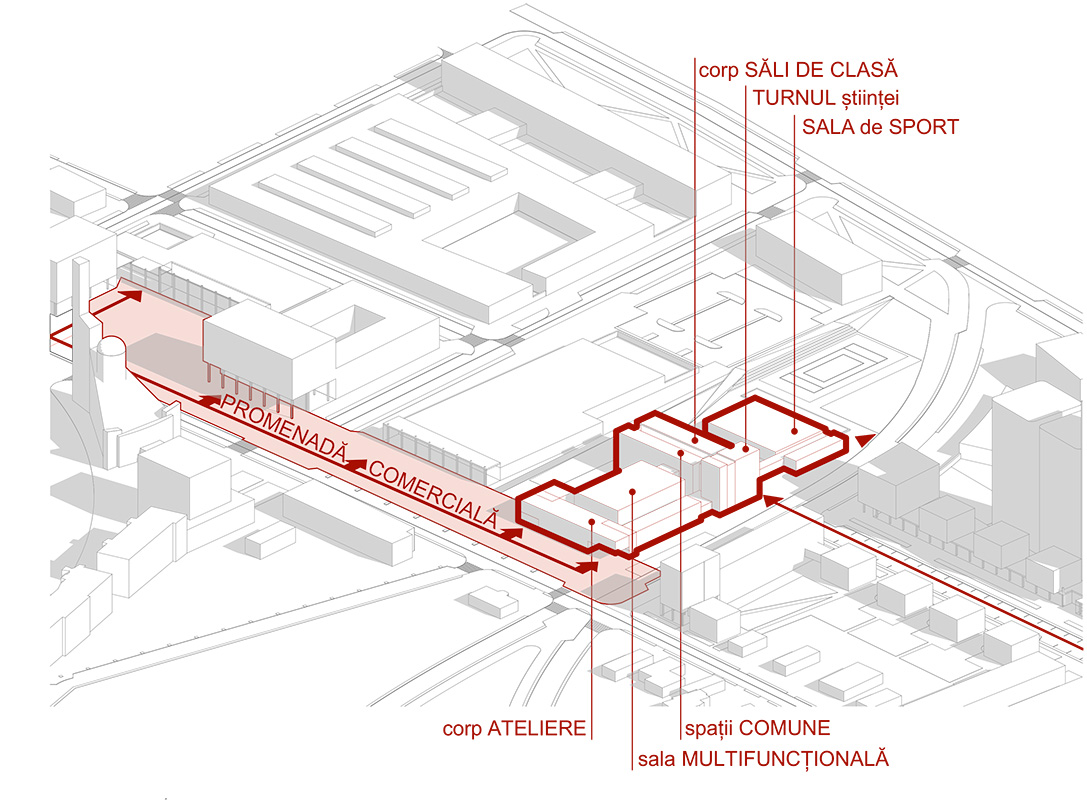Colaboratori externi:
îndrumător șef lucr.dr.arh. Octav Olănescu
Text de prezentare a lucrării:
The present paper talks about the way architecture (in the broader sense, referring both to the city scale, and to the interior spaces) helps forming a community inside the school, but also to its contribution in the city community.
In the community, the participation of the locals can improve the quality of our cities and make them more human. The most daring method of involving the citizens in an educational building project is the participatory approach that Peter Hübner initiated. Through this method, pupils and teachers take their image of an ideal school into reality.
In the school, the elements that encourage new links between the pupils are: the adherence to a common identity, the empowerment of the members of the school community and the socialization, translated into different spaces, images and small design ideas.
In order to obtain a common identity, architecture makes its contribution through the visual identity and imposes the school as a local landmark. Inside the building, the spatial definition of a group can be made, for example, through color. The group can belong to the chemistry enthusiasts, the little craftspeople or the sports people. The latter is another element that helps create a common identity, by identifying with the idea of ”us”.
The empowerment of the pupils can be done through a common purpose. Gardening helps reduce vandalism through the participation of pupils in the courtyard planning, the connection with future clients, especially in vocational schools, helps them sell their services, and the relationship with future employers is another step towards maturity.
Probably the least abstract element that helps create a community inside a school is socialization. In fact, it can be done in every corner of the school, but it is encouraged in some specially designed spaces - the classroom, with a flexibility in furnishing that molds on different teacher-student relationships, and common spaces, as an intermediate level between the classroom group and the school community. Indirectly, pupils can get to know each other through visual connections between spaces, with ”spatial continuity” as a result.
The elements previously listed are the ingredients of a recipe that the architects can use, with its own filter. If they take care of the human scale, they can change collective mentalities (as Herman Hertzberger does), and the school users will be eager to fully embrace it.


